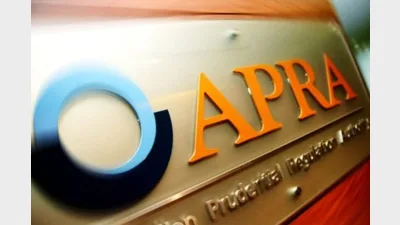Policy makers need to scrutinise bank funds



Policy makers should start demanding answers about why not-for-profit industry superannuation funds continue to outperform bank-owned funds, Industry Super Australia (ISA) believes.
ISA pointed to SuperRatings’ data for the decade ending 31 May 2017 which found that industry funds in the SR 50 Balanced Option outperformed bank-owned super funds on average by two per cent.
ISA public affairs director, Matt Linden, said the two per cent difference could cost $200,000 in savings at retirement for the average earner.
“With pension access tightening, compulsory superannuation is becoming increasingly central to the wellbeing of Australians as they age,” he said.
“This chronic under-performance of retail funds, which hold just over a quarter of all super savings, should be a big concern for forward-thinking policy makers.
“But when it comes to returns on the retirement savings of hard working Australians, the silence is almost deafening.”
Recommended for you
Delayed climate action could wipe hundreds of billions from superannuation balances by 2050, according to new analysis from Ortec Finance.
APRA deputy chair Margaret Cole has called on superannuation trustees to accelerate efforts to support members moving into retirement and to strengthen protections against growing cyber and operational risks.
Super trustees need to be prepared for the potential that the AI rise could cause billions of assets to shift in superannuation, according to an academic from the University of Technology Sydney.
AMP’s superannuation business has returned to outflows in the third quarter of 2025 after reporting its first positive cash flow since 2017 last quarter.









